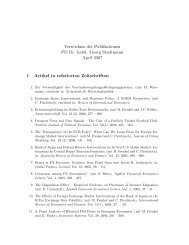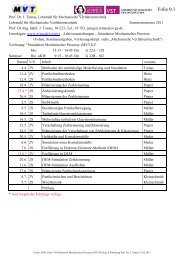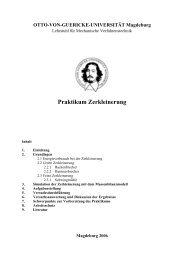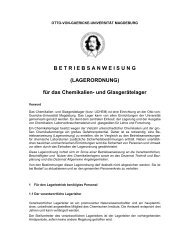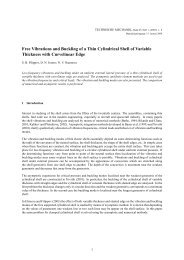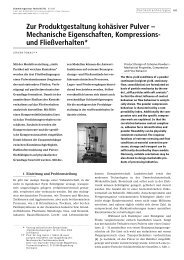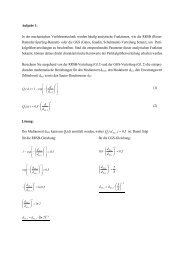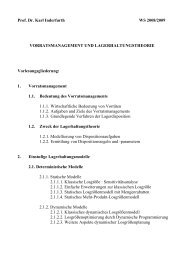Mechanics of nanoparticle adhesion â A continuum approach
Mechanics of nanoparticle adhesion â A continuum approach
Mechanics of nanoparticle adhesion â A continuum approach
Create successful ePaper yourself
Turn your PDF publications into a flip-book with our unique Google optimized e-Paper software.
42J. Tomasv H m/s critical sticking velocityv R m/s bounce velocityW J deformation workW m J/g mass related energy absorption by inelastic deformationδ nm tangential contact displacementε – porosityη K Pa⋅s particle contact viscosityκ – elastic–plastic contact consolidation coefficient, seeEq. (71)κ p – plastic repulsion coefficient, see Eq. (43)κ p,t – viscoplastic repulsion coefficient, see Eq. (61)κ vis – total viscoplastic contact consolidation coefficient, seeEq. (74)µ i – coefficient <strong>of</strong> internal friction, i.e., Coulomb frictionν – Poisson ratioϕ i deg angle <strong>of</strong> internal friction between particlesρ kg/m 3 densityσ kPa normal stressσ M kPa center stress <strong>of</strong> Mohr circle [1, 149]σ R kPa radius stress <strong>of</strong> Mohr circle [1, 149]σ sls mJ/m² surface tension <strong>of</strong> solid–liquid–solid interactionσ t kPa tensile stressσ 0 kPa isostatic tensile strength <strong>of</strong> the unconsolidated powderσ 1 kPa major principal stressσ 2 kPa minor principal stressτ kPa shear stressΦ T – dimensionless bond strength according to Tabor [74]ψ – loading parameter according to Thornton [53]IndicesAatbbrccritdisseeldetachment- or contact-area-relatedattractionbulkbrittlecompressivecriticaldissipationeffectiveelastic



